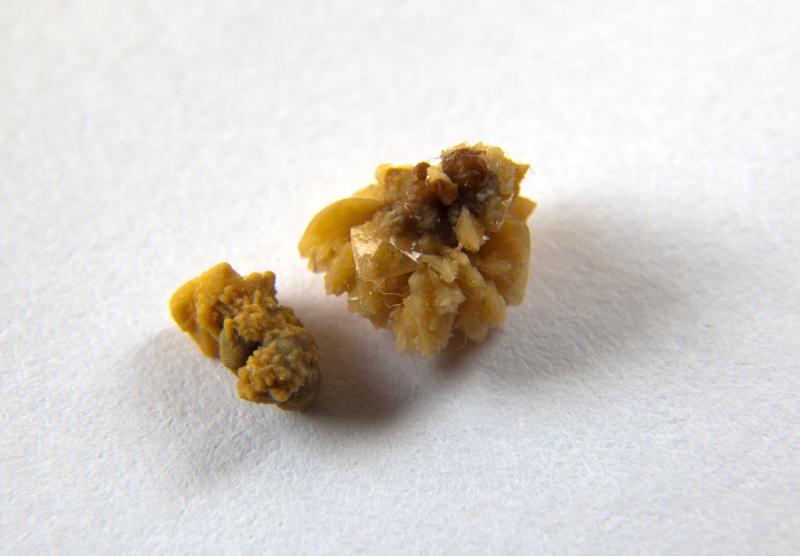
Using antibiotics for at least 2 months in early adulthood and middle age poses an increased risk of developing urinary stone disease in later life, a study suggests.
The study included 5,010 women in the Nurses' Health Study (NHS) I and II who had available 24-hour urine samples. Researchers examined the use of antibiotics during the age range of 40–49 years (NHS II), 40–59 years (NHS I) and 20–39 years (both cohorts) in relation to the incidence of symptomatic urinary stone disease and urine composition.
Cumulative use of antibiotics for ≥2 months during the age range of 40–49 years (NHS II) and 40–59 years (NHS II) was associated with significantly elevated risk of developing incident stones compared with no use (pooled hazard ratio [HR], 1.48, 95 percent CI, 1.12–1.96). A similar pattern of association was observed for the period of 20–39 years (pooled HR, 1.36, 1.00–1.84).
The results were consistent in an analysis excluding participants who reported urinary tract infection with their stone event or as the most common reason for antibiotic use.
Urine composition was not significantly different across antibiotic groups except for marginally lower urine pH and citrate values among those taking antibiotics for ≥2 months.
The study had several limitations, including the observational design, lack of information for type of antibiotic used, and relatively wide span of time between antibiotic use and urine collection.